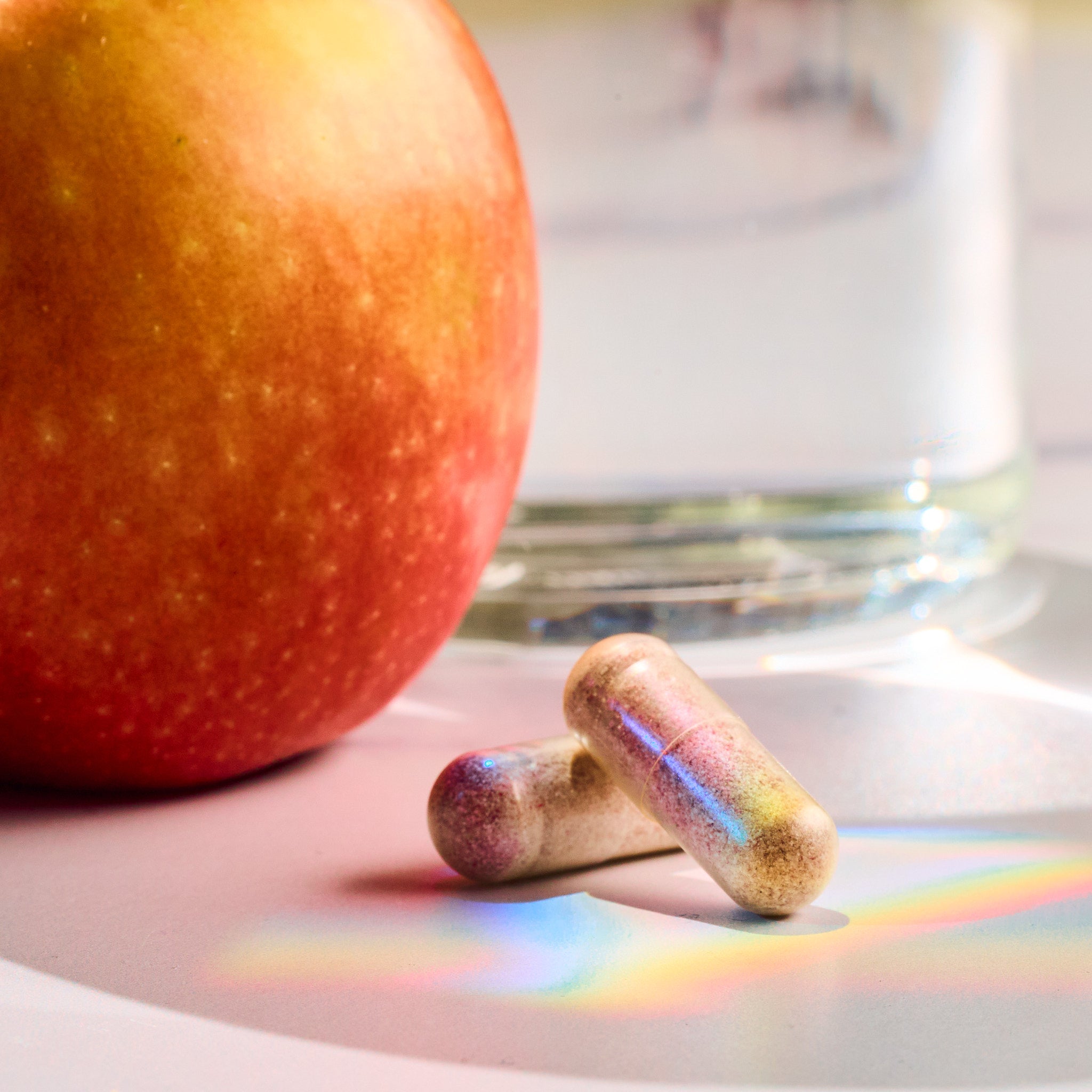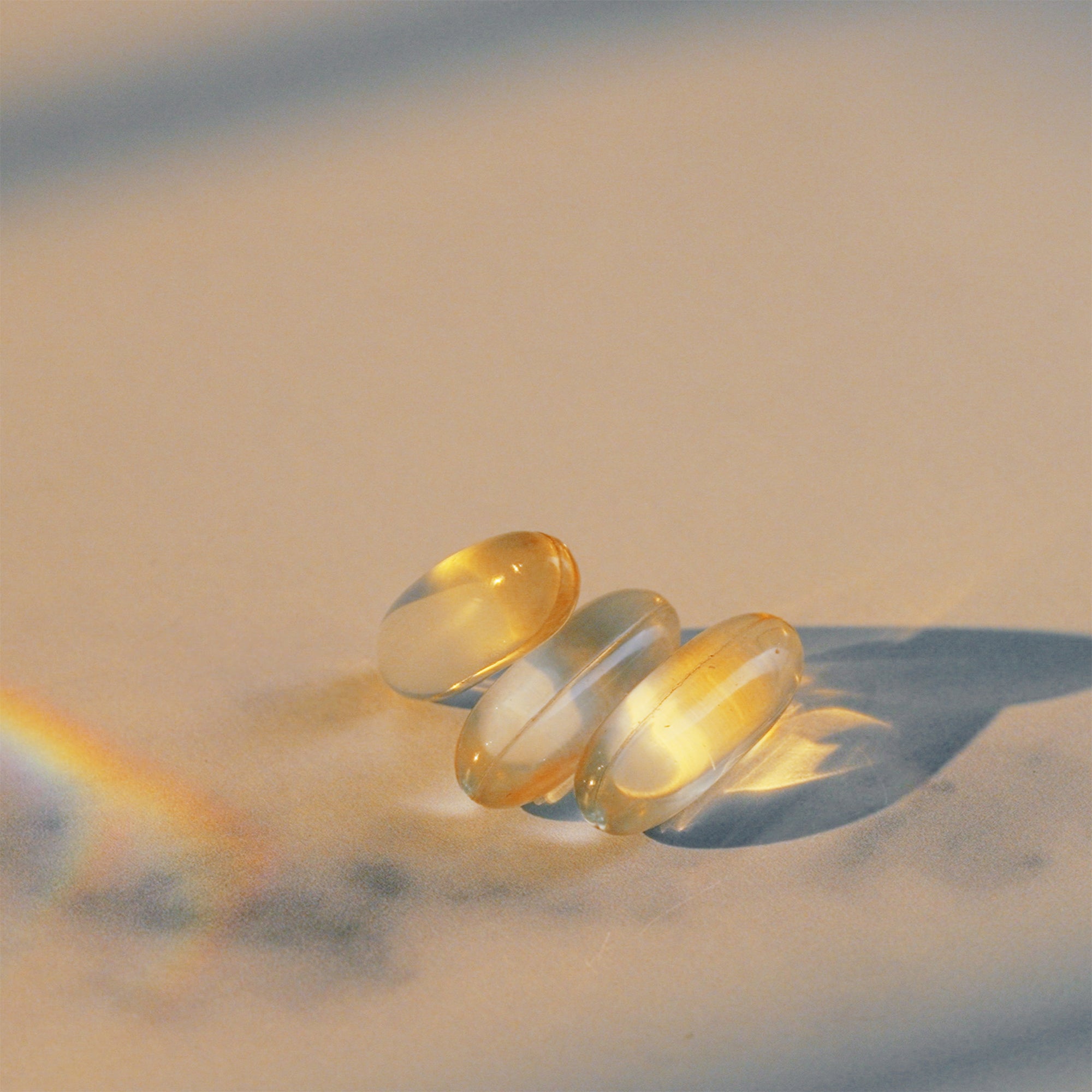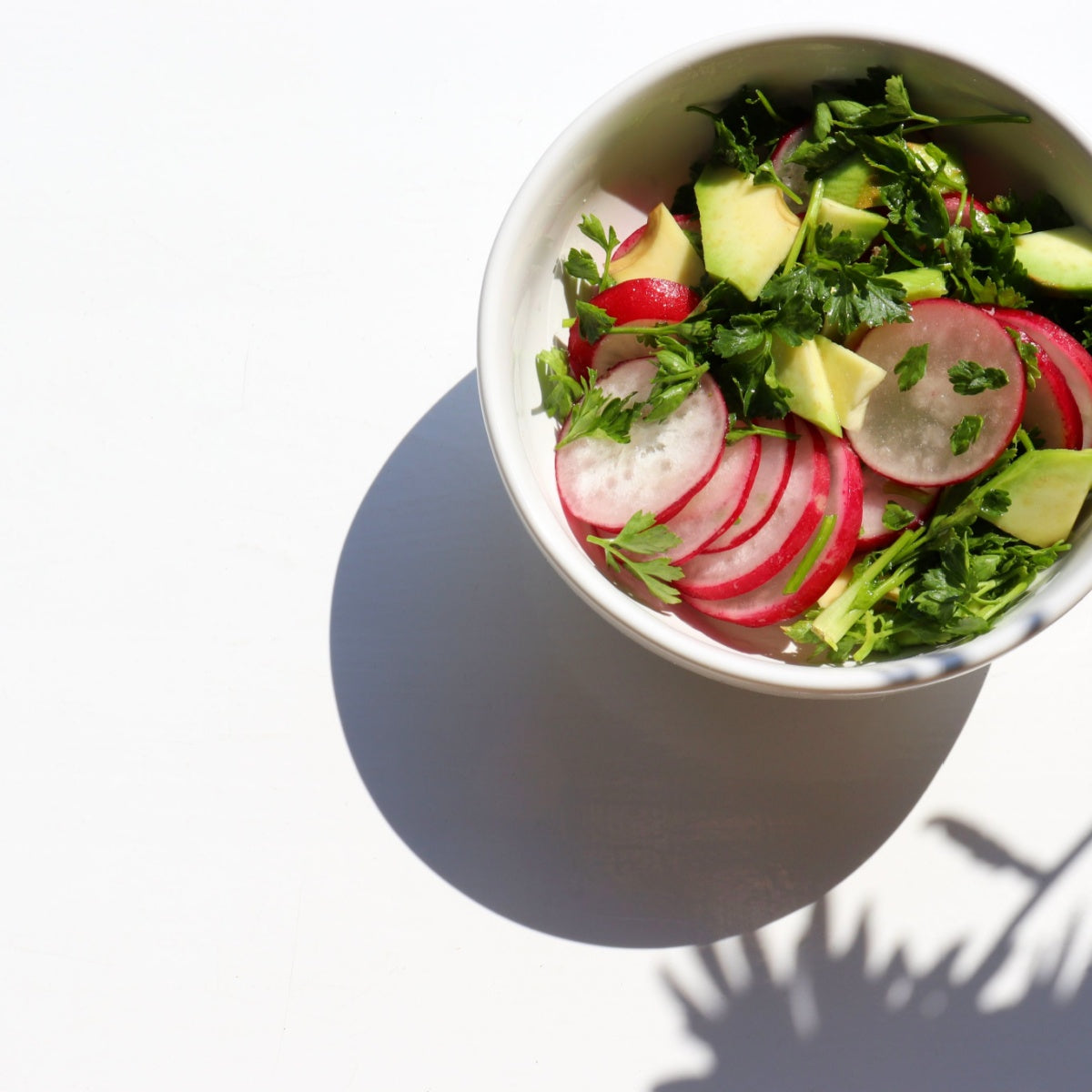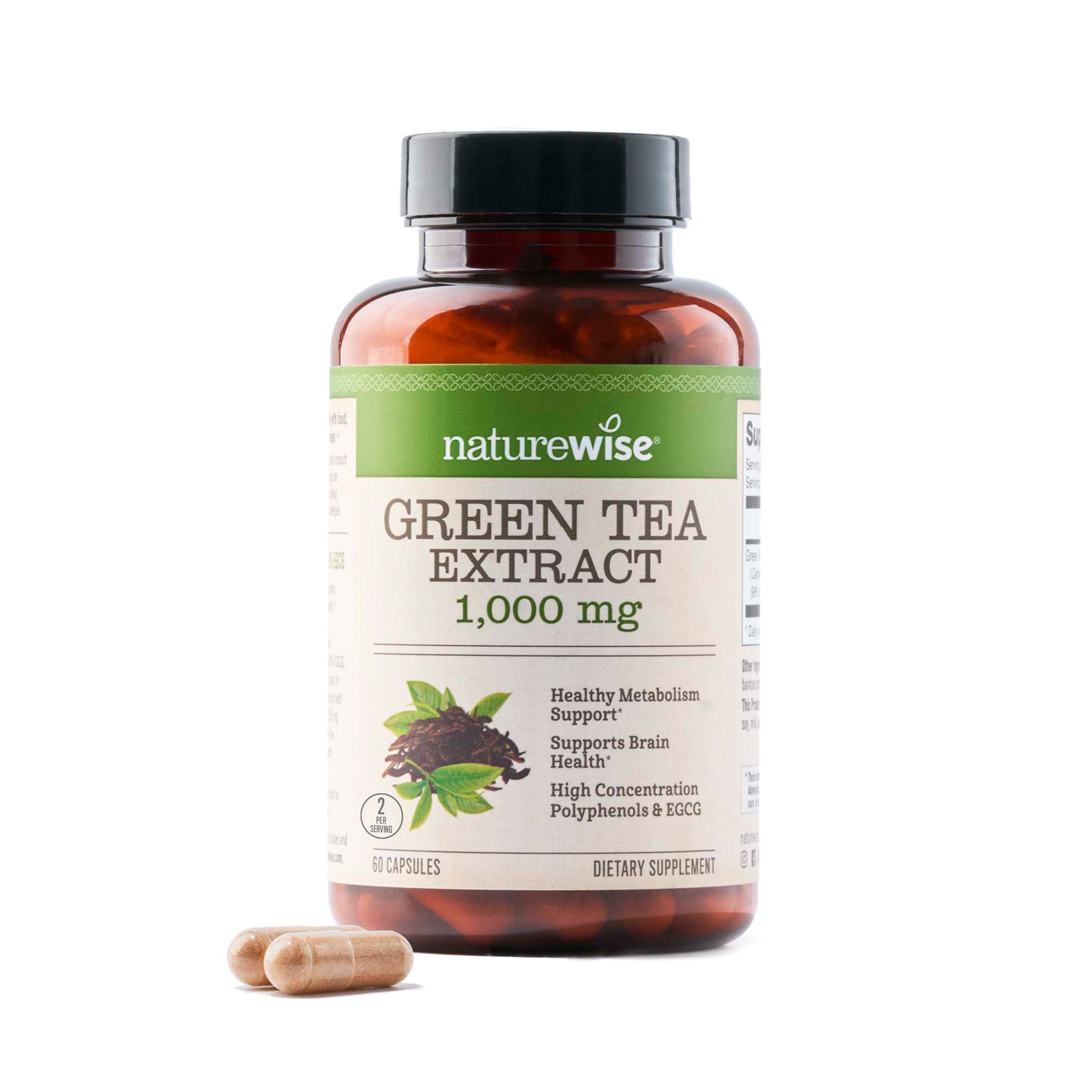Is Green Tea Good for You?
Among the new health foods and teas that have emerged in the last 10 years, green tea seems to transcend the trend cycle as a mainstay in wellness. Some people hail green tea as the be-all-end-all drink. But what’s the truth about this age-old tea?
The History of Green Tea
Before green tea was green tea, it was just tea. Tea (chá) originated in China during the Han dynasty when it was used for its medicinal properties. Eventually, tea became something more than a medicine - it became a culture. By the time of the Tang Dynasty, some 400 years after the end of the Han dynasty, tea was an everyday beverage for Buddhist monks and laypeople.
Historians note that the modest caffeine content in tea made it a good stand-in drink for alcohol [1]. They credit tea for bringing together the Chinese literati and Buddhist monks who were trying to limit their alcohol intake. As a mild stimulant, tea became fuel for long meditations, inspired poetry, and intellectual exchanges.
What is Green Tea?
Green tea comes from Camellia sinensis leaves. In fact, all tea in China (green tea, black tea, white tea, oolong) is derived from the same Camellia sinensis leaves.
The only thing that differentiates each tea is the oxidation levels of each tea. White tea is not oxidized at all, preserving much of the Camellia sinensis leaves in their original state. Green tea follows closely behind, only lightly oxidized for a characteristically earthy flavor. Oolong is “half” oxidized, while black tea is fully oxidized.
Oxidation occurs when the tea leaves are harvested, and continues when the leaves are crushed, rolled, or tumbled, which exposes the leaves to air.
The more the leaves are oxidized, the darker the color of the tea and the richer the flavor. Oxidized leaves also have higher caffeine content, making green tea one of the lowest in caffeine content.
Green Tea Vs. Black Tea
Both derived from the leaves of the Camilla sinensis tree, green tea and black tea offer great health benefits. Green tea is less oxidized than black tea, making it lighter in color. The oxidation process also diminishes the beneficial polyphenols and antioxidants of the camellia sinensis leaves, making green tea a healthier option.
Does Green Tea Have Caffeine?
Green tea has a small amount of caffeine, around 25 to 45 mg of caffeine per 8 oz cup. This number varies depending on the brewing method and the brand of green tea leaves.
Green Tea Health Benefits
Rich in Antioxidants
Green tea is rich in polyphenols called catechins. Catechins have been studied for their powerful antioxidant properties [2]. EGCG or epigallocatechin gallate is one of the most studied and abundant catechin found in green tea, and it is known for a number of health benefits.
Heart Health
Many studies have established a positive correlation between green tea consumption and improved cardiovascular health. Catechins play a role in inhibiting enzymes involved in lipid biosynthesis, which may reduce intestinal lipid absorption, improving overall blood lipid profile [3].
Energy Levels
Like the Buddhist monks in Tang China, you can use green tea as a stable source of energy to power through the day. Green tea contains roughly 25 to 45 mg of caffeine per 8 oz cup, which is far less than black tea or coffee. Still, this small amount of naturally occurring caffeine gives you a boost of energy without the jitters.
Cognitive Function
Green tea is also rich in L-theanine, an amino acid that has relaxing qualities. There is evidence that the L-theanine in green tea counteracts the caffeine content, which supports alertness and wakefulness in the nervous system [4].
These compounds work in synergy to support cognition and nerve function.
Metabolism Support
Multiple studies revealed that green tea has a positive effect on metabolic rate during moderate-intensity exercise in inactive people or people who exercise recreationally [5]. While there is more research to be done, these studies suggest that green tea can support metabolism in conjunction with a healthy diet and regular exercise.
Green Tea vs. Green Tea Extract Pills
Green tea extract is a supplementary form of green tea that comes in a capsule. While green tea extract is not as delicious as green tea, it delivers a highly concentrated form of green tea with more polyphenols (catechins).
NatureWise Green Tea Extract capsules contain 98% polyphenols and 50% EGCG, while the average serving of dry green tea leaves is only 30% to 42% polyphenols. NatureWise Green Tea Extract capsules also have less caffeine than the average cup of green tea: 13 mg of caffeine compared to the 25 to 45 mg of caffeine per 8 oz cup.
Caffeine Content
For those who need a dose of caffeine to stay alert throughout the day, regular green tea will do the job. Green tea pills, on the other hand, have less caffeine in them. This makes Green Tea Extract Capsules a safer option for those with a sensitivity to caffeine.
Convenience
If you’re drinking green tea for its health benefits, Green Tea Extract Capsules are the way to go. Brewing green tea properly can be tricky – you need the perfect temperature water, the right timing, and the right amount of tea leaves. Long-term tea drinking can also stain your teeth.
Capsules make it easier to enjoy the antioxidants without fuss. Just take the required serving size to experience the health benefits of this ancient tea.
Why are capsules not green like matcha?
Matcha is green because it takes the leaves of the plant and crushes them into a fine powder. Green tea is usually anywhere from yellow to amber in tone, since it’s made from steeping oxidized leaves in water.
Green Tea Extract Capsules are made with green tea extract, which comes from steeping green tea leaves in a solution and taking the precipitates. The result is a brown or orange colored powder.
Implement Green Tea Into Your Daily Routine
No matter what form of green tea you consume, continued use can support your immune health, heart health, and cognitive function.* Savor a hot cup of green tea or make a matcha latte to experience the benefits of Camellia sinensis.
If you’re worried about the caffeine content or simply hate the flavor of green tea, consider taking Green Tea Extract Capsules. They have a higher concentration of antioxidants and they’re easier to take on the go.
References
- Benn, J. A. (2015). Tea in China: A Religious and Cultural History. Germany: University of Hawaii Press.
- Musial, C., Kuban-Jankowska, A., & Gorska-Ponikowska, M. (2020). Beneficial Properties of Green Tea Catechins. International journal of molecular sciences, 21(5), 1744. https://doi.org/10.3390/ijms21051744
- Babu, P. V., & Liu, D. (2008). Green tea catechins and cardiovascular health: an update. Current medicinal chemistry, 15(18), 1840–1850. https://doi.org/10.2174/092986708785132979
- Boros, K., Jedlinszki, N., & Csupor, D. (2016). Theanine and Caffeine Content of Infusions Prepared from Commercial Tea Samples. Pharmacognosy magazine, 12(45), 75–79. https://doi.org/10.4103/0973-1296.176061
- Rostamian Mashhadi, M., Hosseini, S.R.A. The interaction effect of green tea consumption and exercise training on fat oxidation, body composition and blood lipids in humans: a review of the literature. Sport Sci Health 19, 461–477 (2023). https://doi.org/10.1007/s11332-022-00955-8


















